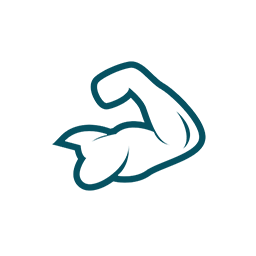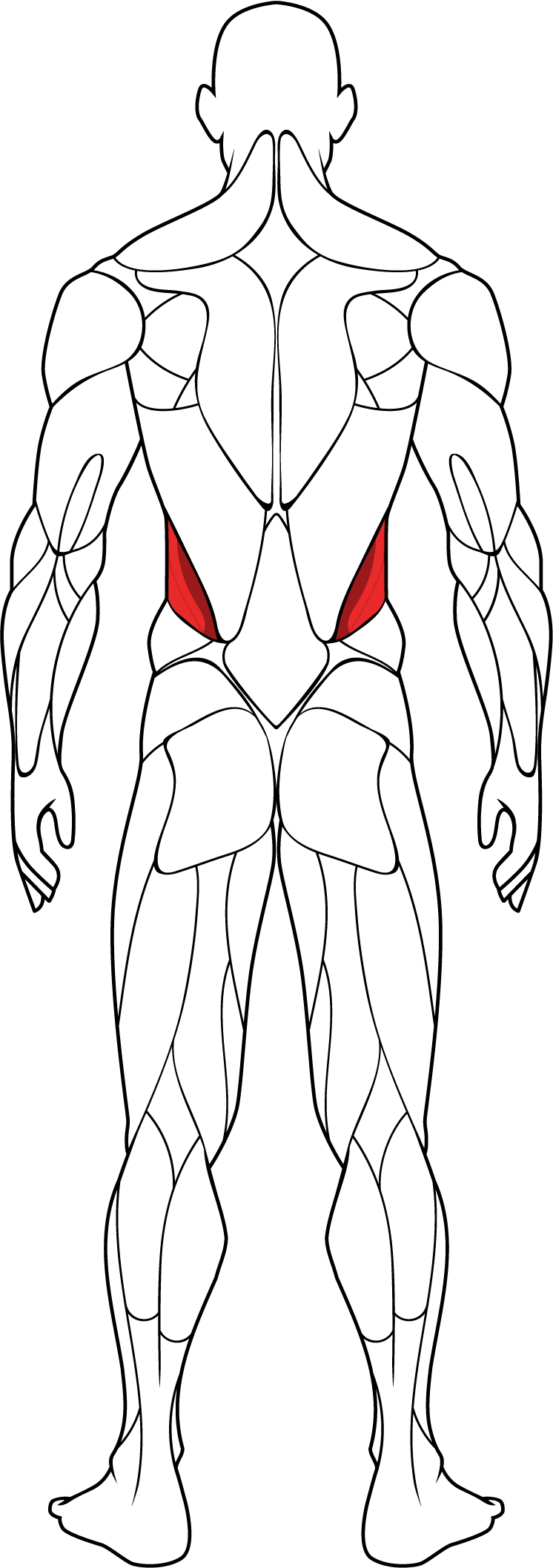The serratus anterior is a muscle located on the lateral aspect of the rib cage, extending from the first to the ninth rib. It gets its name from its serrated or saw-toothed appearance along the ribs. This muscle plays a crucial role in stabilizing the scapula (shoulder blade) and facilitating movements of the arms and shoulders.
The serratus anterior is a muscle located on the lateral aspect of the rib cage, extending from the first to the ninth rib. It gets its name from its serrated or saw-toothed appearance along the ribs. This muscle plays a crucial role in stabilizing the scapula (shoulder blade) and facilitating movements of the arms and shoulders.
The serratus anterior muscle originates from the surface of the first to the ninth ribs, near their costal cartilages. From there, it inserts along the medial border of the scapula, specifically on a region called the medial scapular border or vertebral border.
Functions of the serratus anterior include:
Scapular Protraction: The primary function of the serratus anterior is to protract or move the scapula forward and around the rib cage. This movement, also known as scapular abduction or winging, occurs when you reach forward or push against something with your arms. The serratus anterior works in coordination with other muscles to stabilize the scapula and allow smooth movement of the arms.
Scapular Stabilization: The serratus anterior also plays a vital role in stabilizing the scapula against the thoracic cage during various movements of the arms and shoulders. Proper function of the serratus anterior helps prevent abnormal movements of the scapula, such as winging, which can lead to shoulder pain and dysfunction.
Assisting Arm Elevation: Along with other muscles such as the deltoids and upper trapezius, the serratus anterior assists in elevating the arm overhead. It helps to upwardly rotate the scapula, allowing for a full range of motion during activities such as reaching, lifting, and throwing.
Weakness or dysfunction of the serratus anterior can lead to various shoulder problems, including scapular dyskinesis (abnormal scapular movement), shoulder impingement, and rotator cuff injuries. Strengthening exercises targeting the serratus anterior are essential for improving scapular stability and preventing shoulder injuries.
Some common exercises to strengthen the serratus anterior include:
Scapular Protraction Exercises: Push-ups with a plus, also known as serratus anterior push-ups, are excellent for targeting this muscle. During a push-up with a plus, focus on protracting your shoulder blades as you push up from the ground. This motion engages the serratus anterior effectively.
Scapular Wall Slides: Stand with your back against a wall and your arms at shoulder height. Slowly slide your arms upward, keeping contact with the wall, until they are fully extended overhead. Focus on maintaining shoulder blade protraction throughout the movement.
Band Pull-Aparts: Hold a resistance band in front of you at shoulder height with your arms straight. Keeping your arms straight, pull the band apart by spreading your shoulder blades apart, focusing on engaging the serratus anterior.
By incorporating these exercises into your workout routine, you can strengthen the serratus anterior muscle, improve scapular stability, and reduce the risk of shoulder injuries. As always, it's essential to perform exercises with proper form and technique to maximize effectiveness and minimize the risk of injury. If you have any concerns or existing shoulder issues, consult with a healthcare professional or qualified fitness trainer before starting a new exercise program.
The serratus anterior muscle originates from the surface of the first to the ninth ribs, near their costal cartilages. From there, it inserts along the medial border of the scapula, specifically on a region called the medial scapular border or vertebral border.
Functions of the serratus anterior include:
Scapular Protraction: The primary function of the serratus anterior is to protract or move the scapula forward and around the rib cage. This movement, also known as scapular abduction or winging, occurs when you reach forward or push against something with your arms. The serratus anterior works in coordination with other muscles to stabilize the scapula and allow smooth movement of the arms.
Scapular Stabilization: The serratus anterior also plays a vital role in stabilizing the scapula against the thoracic cage during various movements of the arms and shoulders. Proper function of the serratus anterior helps prevent abnormal movements of the scapula, such as winging, which can lead to shoulder pain and dysfunction.
Assisting Arm Elevation: Along with other muscles such as the deltoids and upper trapezius, the serratus anterior assists in elevating the arm overhead. It helps to upwardly rotate the scapula, allowing for a full range of motion during activities such as reaching, lifting, and throwing.
Weakness or dysfunction of the serratus anterior can lead to various shoulder problems, including scapular dyskinesis (abnormal scapular movement), shoulder impingement, and rotator cuff injuries. Strengthening exercises targeting the serratus anterior are essential for improving scapular stability and preventing shoulder injuries.
Some common exercises to strengthen the serratus anterior include:
Scapular Protraction Exercises: Push-ups with a plus, also known as serratus anterior push-ups, are excellent for targeting this muscle. During a push-up with a plus, focus on protracting your shoulder blades as you push up from the ground. This motion engages the serratus anterior effectively.
Scapular Wall Slides: Stand with your back against a wall and your arms at shoulder height. Slowly slide your arms upward, keeping contact with the wall, until they are fully extended overhead. Focus on maintaining shoulder blade protraction throughout the movement.
Band Pull-Aparts: Hold a resistance band in front of you at shoulder height with your arms straight. Keeping your arms straight, pull the band apart by spreading your shoulder blades apart, focusing on engaging the serratus anterior.
By incorporating these exercises into your workout routine, you can strengthen the serratus anterior muscle, improve scapular stability, and reduce the risk of shoulder injuries. As always, it's essential to perform exercises with proper form and technique to maximize effectiveness and minimize the risk of injury. If you have any concerns or existing shoulder issues, consult with a healthcare professional or qualified fitness trainer before starting a new exercise program.


